Artificial Grass Installation in South Florida
At Cricket Pavers, we offer installation services as well as supplies ranging from brick, travertine, and marble pavers to artificial grass and hurricane shutters. Our team is comprised of people who have been in the industry for quite a while and know exactly why it is a good idea to install artificial grass in Miami.
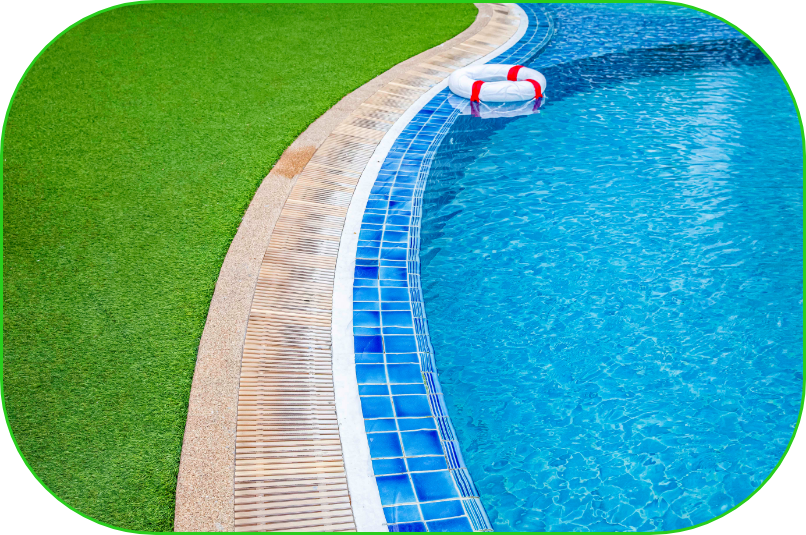
The Benefits of Artificial Grass Installation
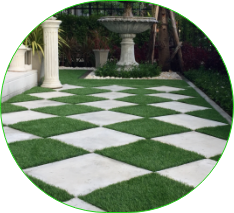
Aesthetic Improvements
The first, and probably the most commonly used argument for artificial grass is its ability to boost the aesthetic appeal of your property. Unlike typical patches of grass, artificial grass is consistent in size, shape, and color throughout the whole patch. In contrast, many people struggle to retain consistency with genuine grass since it’s much more prone to disease, pests, sunburns, and more.
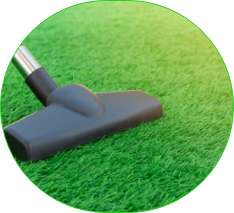
Easy Maintenance
As mentioned, artificial grass requires much less attention than genuine grass. In simpler terms, all you have to do to maintain a lush green lawn is rinse it occasionally with water or rake it once or twice a week. On top of that, artificial grass doesn’t require trimming, pest management, or fertilization, which significantly lowers the maintenance requirements.
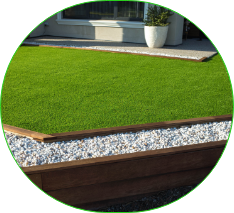
Great for People with Allergies
Many people aren’t aware of the fact that typical grass contains a plethora of allergens. The vast majority of them are safe and harmless, but some people who suffer from severe allergies could end up having severe health issues, especially with airborne allergens. Therefore, if you’re among those individuals who struggle with allergies, artificial grass is a perfect solution!
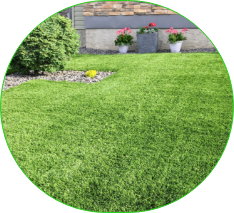
Health and Longevity
Natural lawns are much more prone to diseases than artificial grass. For example, many homeowners struggle to maintain their natural lawn in good condition due to Rhizoctonia, a fungus commonly associated with poor lawn health. It’s quite hard to fight it off, and once it appears in your grass, it will take a lot of time, money, and effort to eradicate it. Needless to say, you won’t have these issues with artificial grass. As far as longevity goes, artificial lawns last up to 15 years. The best thing about it is that they don’t drastically change during their lifetime. Natural grass, on the other hand, doesn’t last as long, and more importantly – it’s not as consistent as artificial grass.
Why Choose Us?
